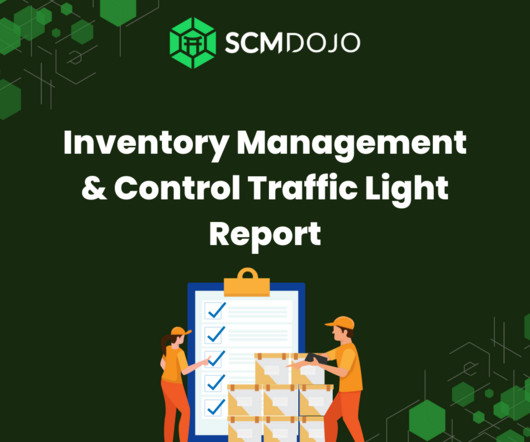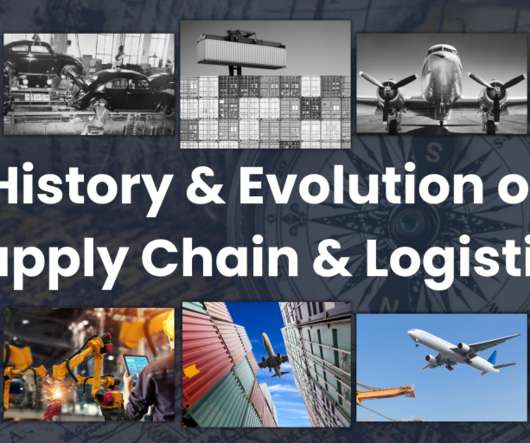Key Trends and Themes for Supply Chain and Logistics in 2024
SCMDOJO
APRIL 24, 2024
In 2024, the logistics and supply chain industry will continue its transformative journey, driven by technological advancements and growing consumer expectations. Ignoring industry trends poses the risk of being left behind by more agile competitors. And we know that numbers don’t lie. Or at least that’s what we think.












Let's personalize your content